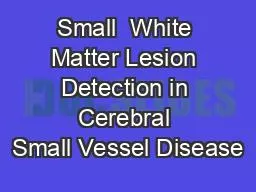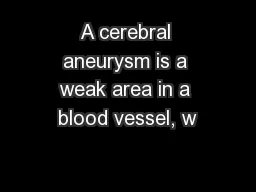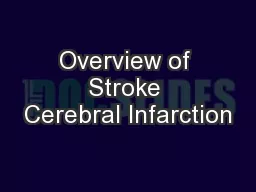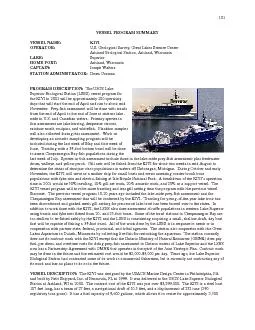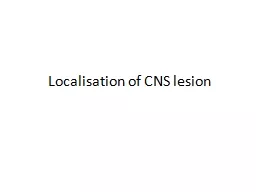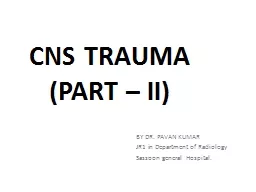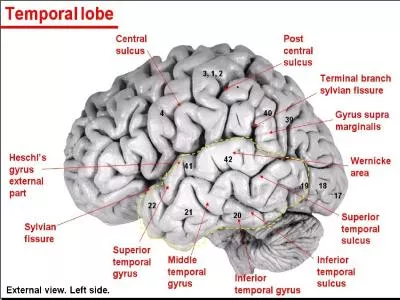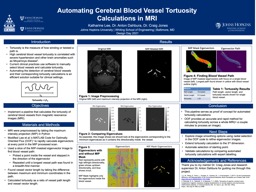PPT-Small White Matter Lesion Detection in Cerebral Small Vessel Disease
Author : gutsynumero | Published Date : 2020-07-04
Mohsen Ghafoorian ab Nico Karssemeijer a Inge van Uden c FrankErik de Leeuw c Tom Heskes b Elena Marchiori b and Bram Platel a a Diagnostic Image Analysis
Presentation Embed Code
Download Presentation
Download Presentation The PPT/PDF document "Small White Matter Lesion Detection in ..." is the property of its rightful owner. Permission is granted to download and print the materials on this website for personal, non-commercial use only, and to display it on your personal computer provided you do not modify the materials and that you retain all copyright notices contained in the materials. By downloading content from our website, you accept the terms of this agreement.
Small White Matter Lesion Detection in Cerebral Small Vessel Disease: Transcript
Download Rules Of Document
"Small White Matter Lesion Detection in Cerebral Small Vessel Disease"The content belongs to its owner. You may download and print it for personal use, without modification, and keep all copyright notices. By downloading, you agree to these terms.
Related Documents

